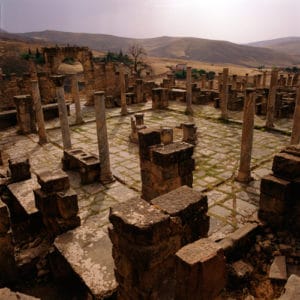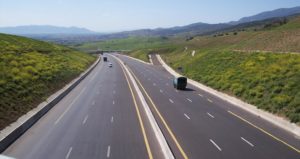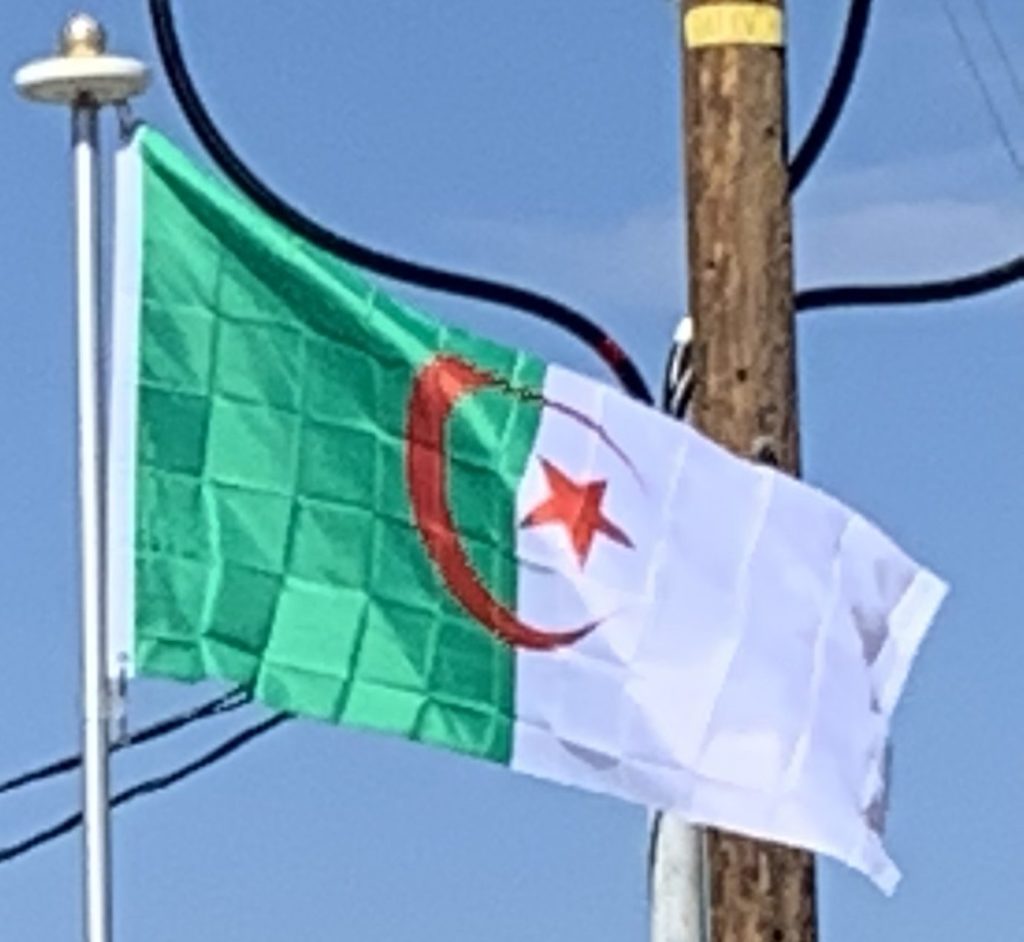The Algerian national oil company is Sonatrach, which plays a key role in all aspects of the oil and natural gas sectors in Algeria. All foreign operators must work in partnership with Sonatrach, which usually has majority ownership in production-sharing agreements.
Research and Alternative Energy Sources:
Algeria has invested an estimated 100 billion dinars towards developing research facilities and paying researchers. This development program is meant to advance alternative energy production, especially solar and wind power. Algeria is estimated to have the largest solar energy potential in the Mediterranean, so the government has funded the creation of a solar science park in Hassi R’Mel. Currently, Algeria has 20,000 research professors at various universities and over 780 research labs, with state-set goals to expand to 1,000. Besides solar energy, areas of research in Algeria include space and satellite telecommunications, nuclear power and medical research.
Tourism:
The development of the tourism sector in Algeria had previously been hampered by a lack of facilities, but since 2004 a broad tourism development strategy has been implemented resulting in many hotels of a high modern standard being built.
There are several UNESCO World Heritage Sites in Algeria including Al Qal’a of Beni Hammad, the first capital of the Hammadid empire; Tipasa, a Phoenician and later Roman town; and Djémila and Timgad, both Roman ruins; M’Zab Valley, a limestone valley containing a large urbanized oasis; and the Casbah of Algiers, an important citadel. The only natural World Heritage Site is the Tassili n’Ajjer, a mountain range.

Transportation:
As the tenth-largest country in the world, and the largest in Africa and in the Mediterranean region, Algeria has a vast transportation system which include many transportation infrastructures.
Railways:
There are a total of 2,469 miles of railways. SNTF operates the railways, whilst a new, separate organisation, Anesrif, has been created to manage infrastructure investment.
Tramways:
Currently Algiers, Oran and Constantine are the only cities in the country with a tram line in operation. Tram projects have been launched in both Setif and Batna in the east, Mostaganem and Sidi Bel-Abbes in the west, and Ouargla in the South. The government, wanting to diversify the country’s future in rail transport, has assigned the Algiers Subway Company to the projects.
Highways:
The Algerian road network is the densest in Africa; its length is estimated at 180,000 km of highways, with more than 3,756 structures and a paving rate of 85%. This network will be complemented by the East-West Highway, a major infrastructure project currently under construction. It is a 3-way, 756 mile highway, linking Annaba in the extreme east to the Tlemcen in the far west. Algeria is also crossed by the Trans-Sahara Highway, which is now completely paved. This road is supported by the Algerian government to increase trade between the six countries crossed: Algeria, Mali, Niger, Nigeria, Chad and Tunisia.

Ports and Harbors:
Ports on the Mediterranean Sea include:
Algiers, Annaba, Arzew, Bejaia, Béni Saf, Dellys, Djendjen, Ghazaouet, Jijel, Mostaganem, Oran, Skikda, and Ténès
Airports:
An extensive air service used an estimated 137 airports and airstrips in 2004. As of 2005, a total of 52 had paved runways, and there was one heliport. The main international airport, Houari Boumedienne Airport, is about 12 miles from Algiers. Constantine, Annaba, Tilimsen, and Oran have smaller modern airports that can accommodate jet aircraft. Air Algérie, the national airline, provides international service. In 2003, a total of about 3.293 million passengers were carried on domestic and international flights.
